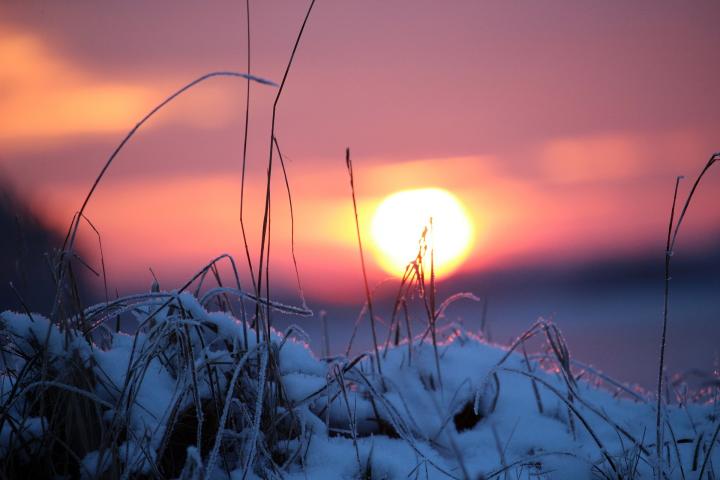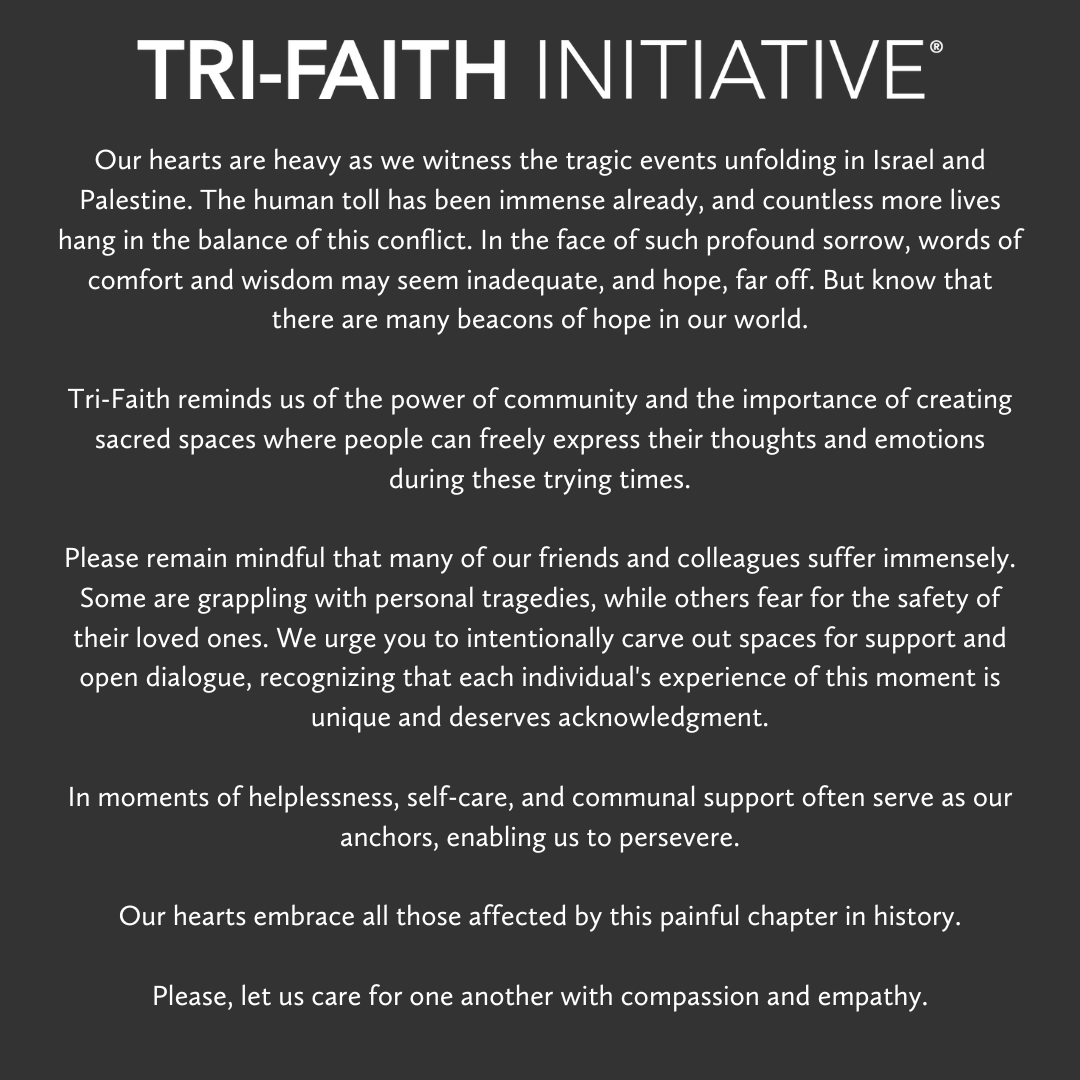The Longest Night
-
 Jeremy Fricke
Jeremy Fricke
- Published on

The longest night of the year – the winter solstice. For millennia, humans have been conscious of the way that the earth interacts with the sun, making seasons and days, moving toward and away from the longest night.
Before the advent of electricity, the winter solstice brought a sense of hope that the warmth and light would return, bringing better harvests and more opportunities to enjoy the world around them. On the longest night, there would be hope that the days from then on would grow longer. Ancient peoples hoped that the future would bring easier survival as their food stores became scarce, but the coming seasons would replenish their resources.
But how could we think about these ancient ideas in the modern age? People of all religions and none should give themselves a chance to think about their place in the world on the solstice – that no matter what happens on this earth, the cycle of nights and days changing in length is reliable – yet beyond our control. There are two primary ways to view the winter solstice that I find particularly meaningful.
The first and most popular view is to emphasize the hope that light brings. Light is a symbol of so many “good” things – warmth in the cold, safety in the darkness, knowledge in ignorance, and the brightness of hope. Today, we are surrounded by hatred, ignorance, and confusion that so dominates our age and is symbolized by darkness. The winter solstice reminds us that while all of these dark forces exist, and will continue to do so, there will always be the light to keep the darkness in check.
The second view is to emphasize and appreciate that this is the darkest moment – and that we need darkness to balance our lives. Darkness is not always a symbol of evil, it is also a symbol of simplicity, quiet moments, and contemplation. Unlike people from the far past, we are incessantly surrounded by light:
What was once a dark road is now illuminated by streetlights.
The screens on our smartphones keep our eyes from experiencing the world around us.
Our eyes never truly adjust to the dark because we rush to use technology to make sure that we never have difficulty seeing.
The world’s information is at our fingertips and we sometimes lose our sense of wonder.
Even the city lights blot out the stars in the sky.
Without darkness, light can create new problems. Darkness helps us to see clearly when we have been blinded by the light. It helps us to appreciate the simple things in life and helps us achieve clarity needed to contemplate the world. Continuous light can be emotionally, spiritually, and physically draining, while the dark can be deeply meditative, as it is where we find our rest and solace from the ever-busy days.
Many of the world’s religious traditions have practices that encourage adherents to engage and interact with this darkness, such as the first and fifth Muslim prayers, Buddhist meditations, Jewish Shabbat, and Neopagans with moon phases. Remaining conscious of the continuous cycle of dark and light keeps us grounded. We would do well to remember that there would be no light without darkness, and no darkness without light.
During this winter solstice, take a moment to appreciate the balance of light and darkness by paying special attention to the beauty of darkness. On this longest night, unplug from technology. Use a candle to light your path. Look at the night sky, and feel your connection to the millions of people who have seen that same sky. After you have taken a moment to appreciate the darkness, then take a moment to appreciate the return of the light with others.
Spread the Word

